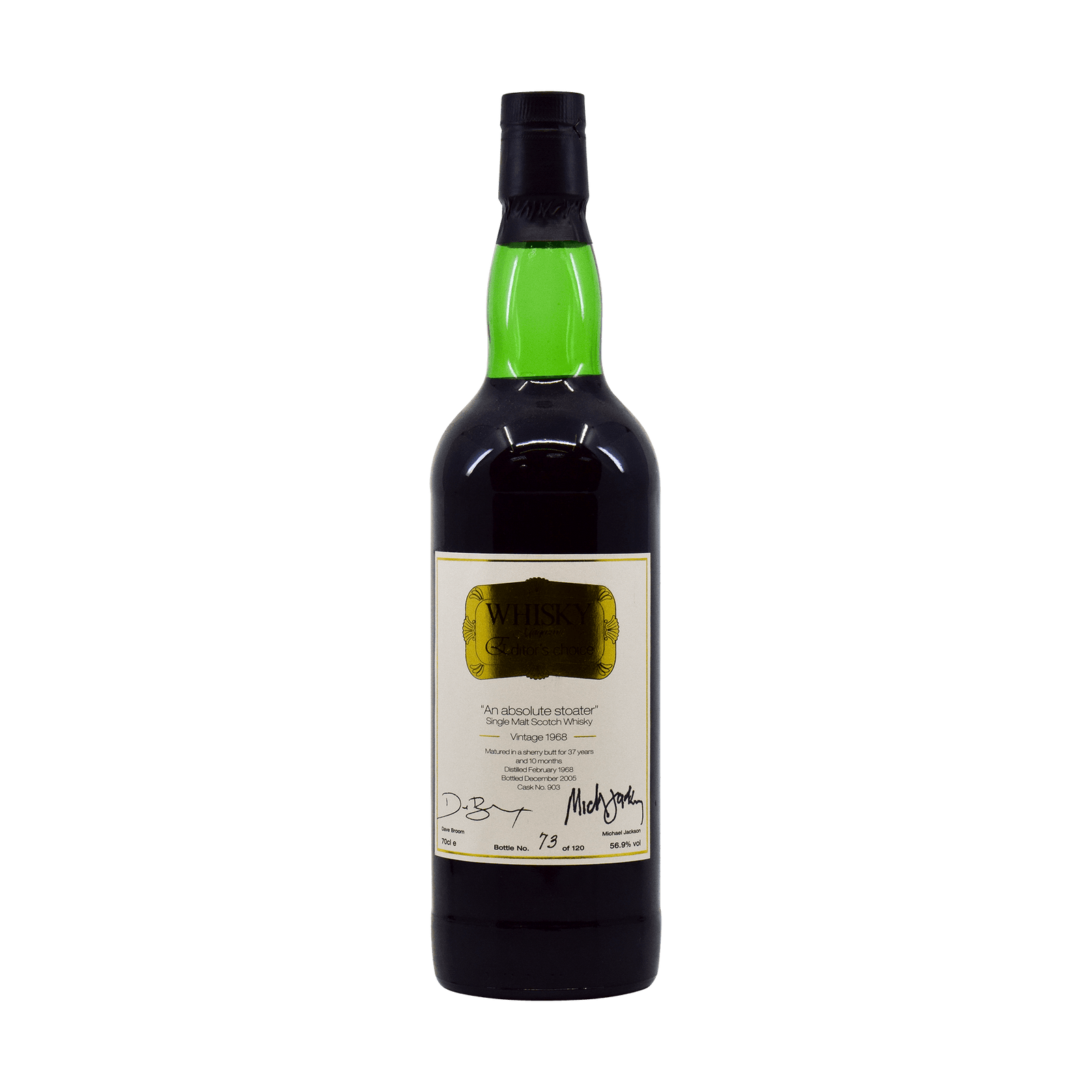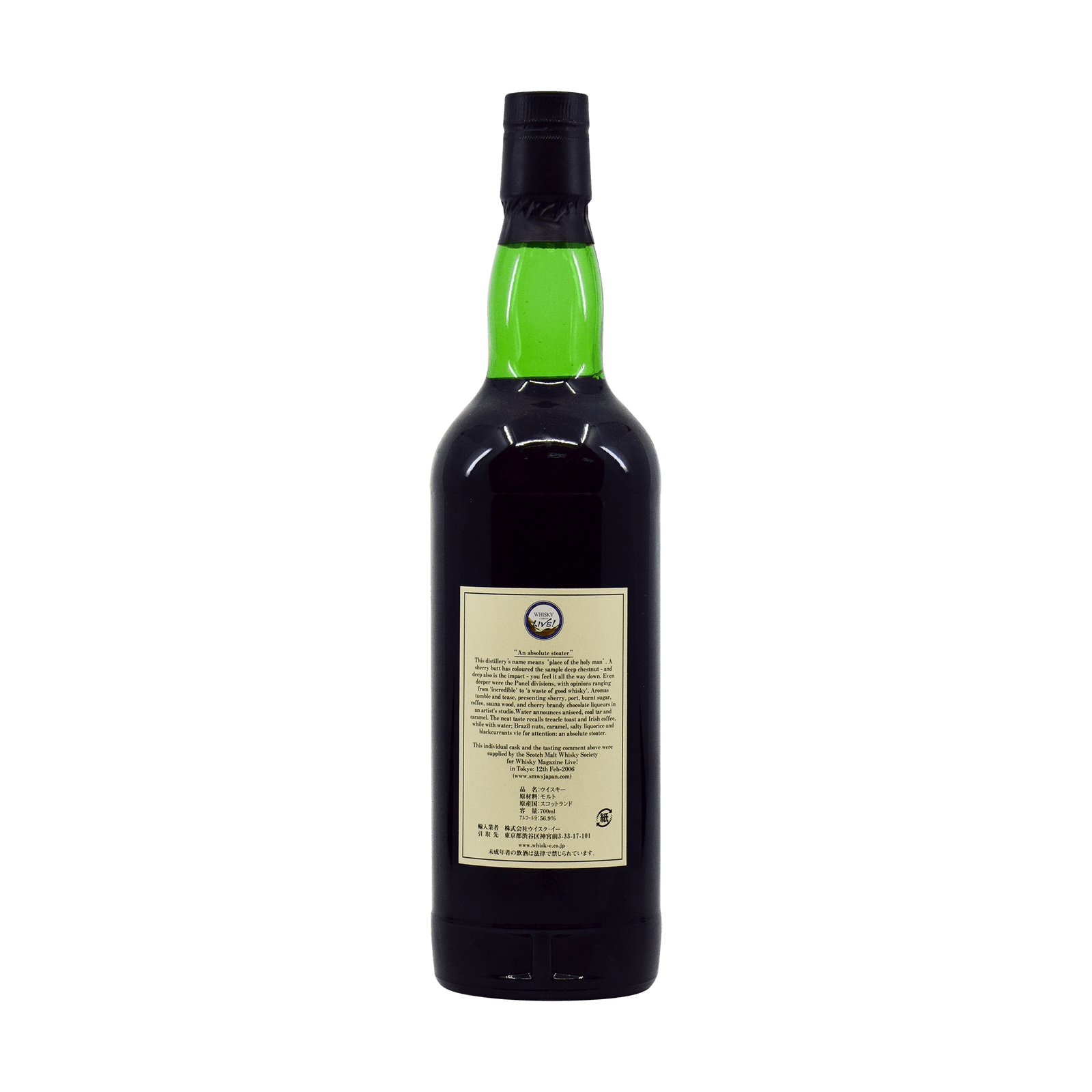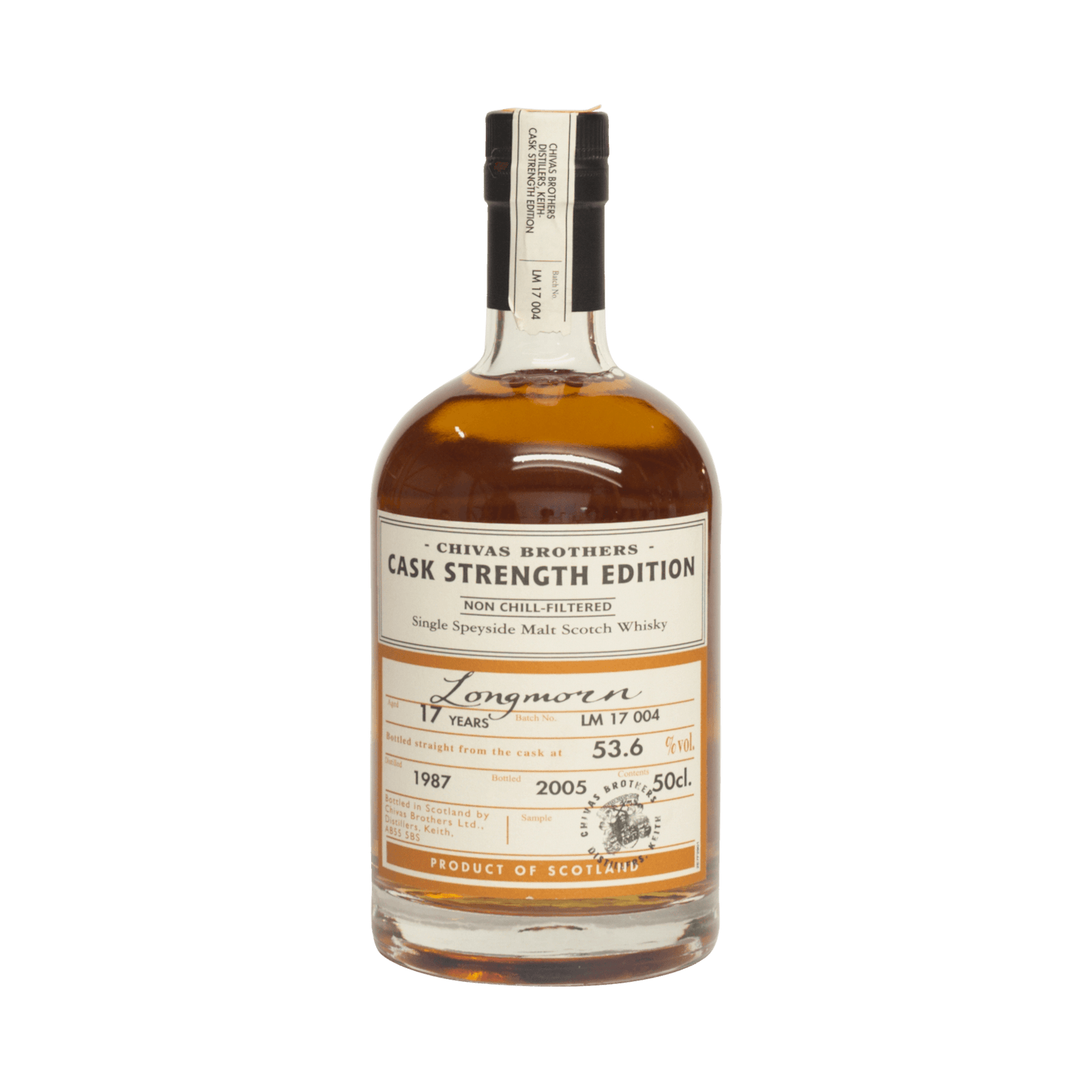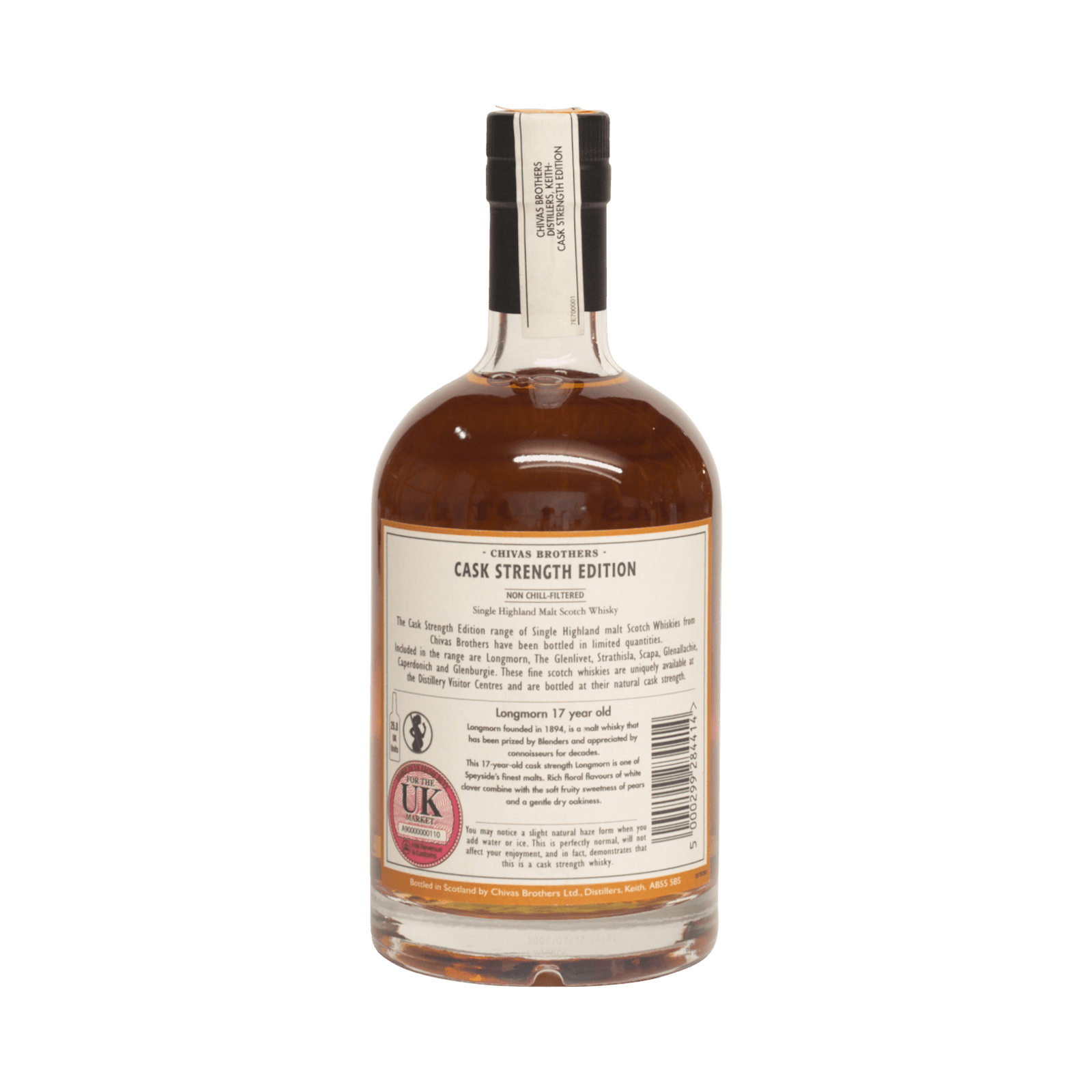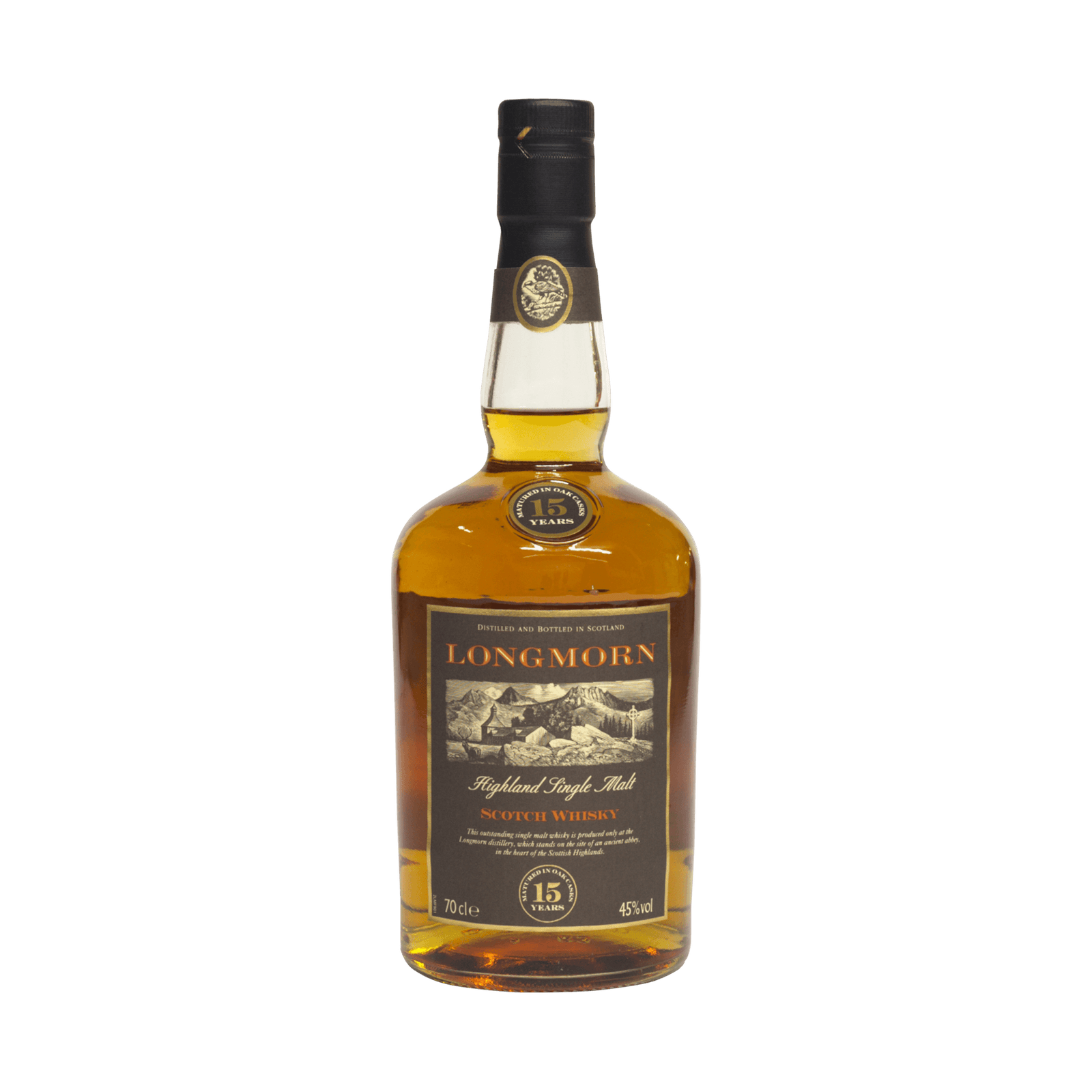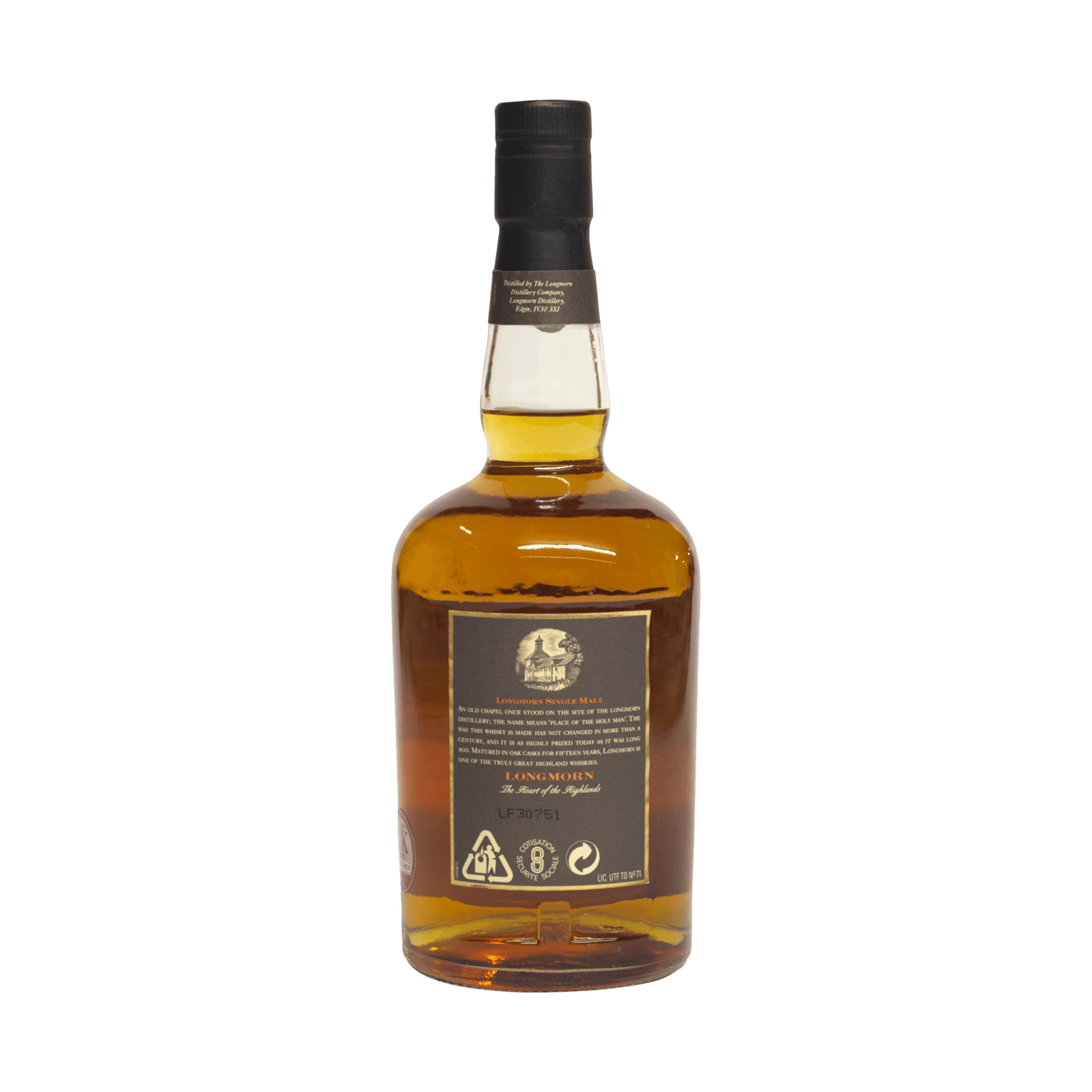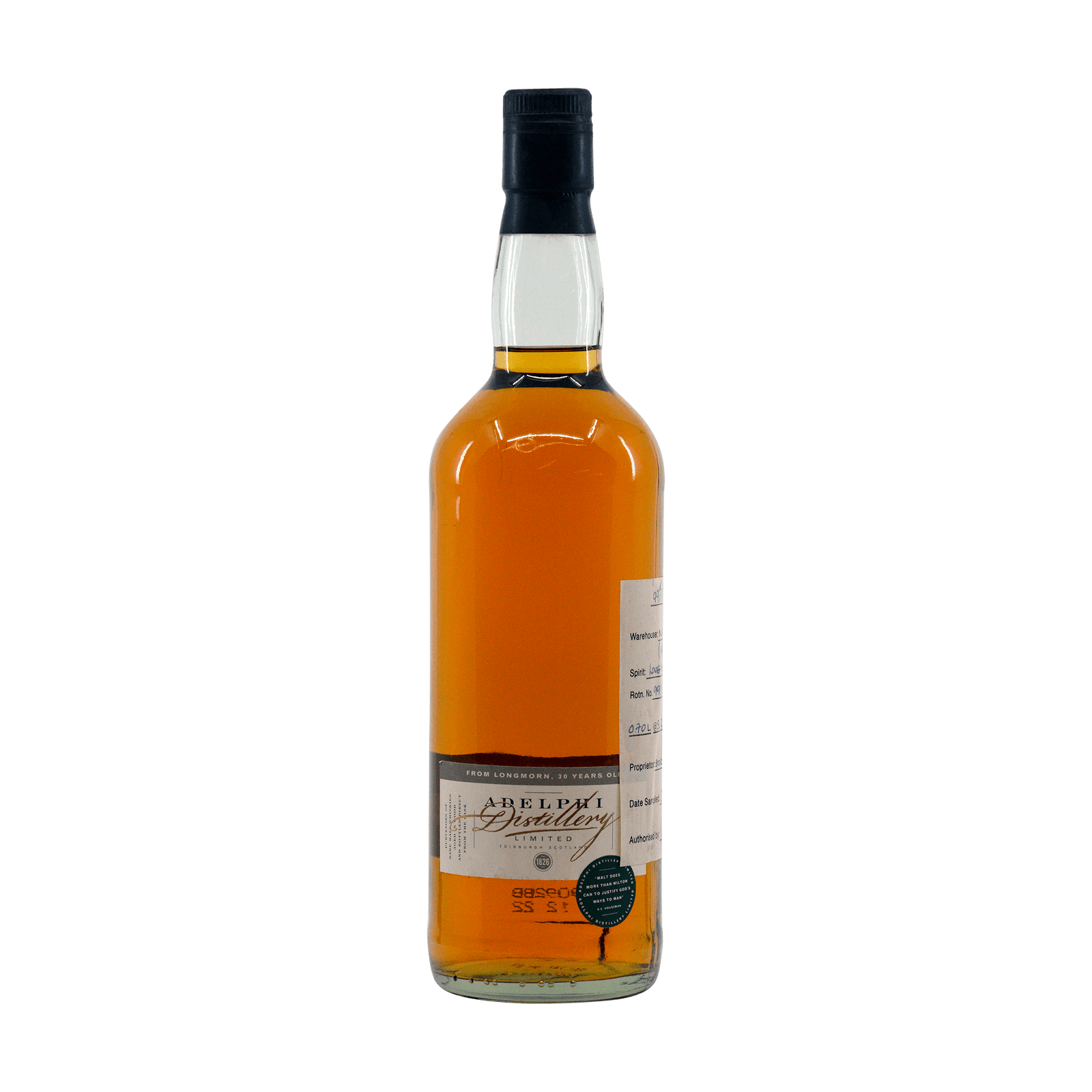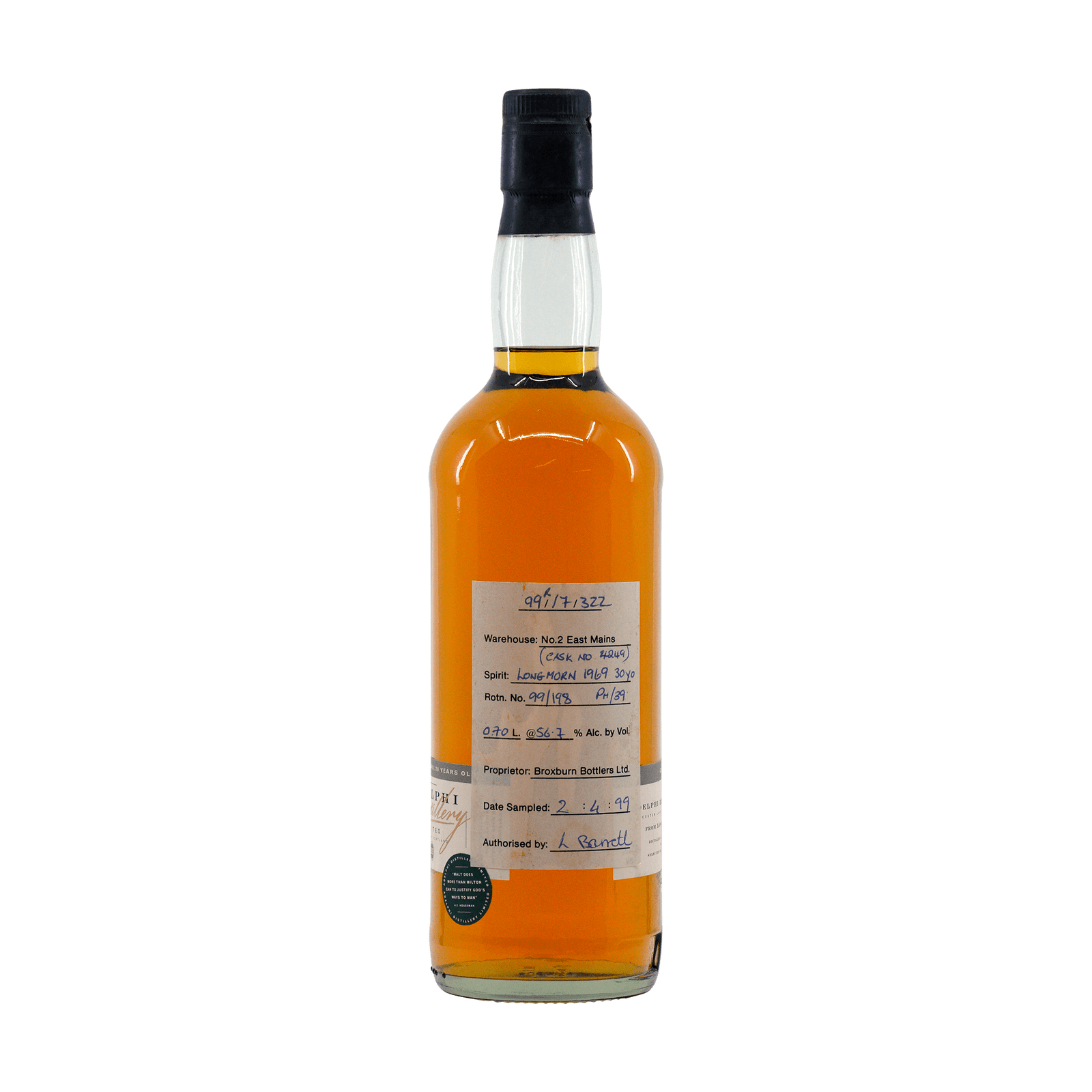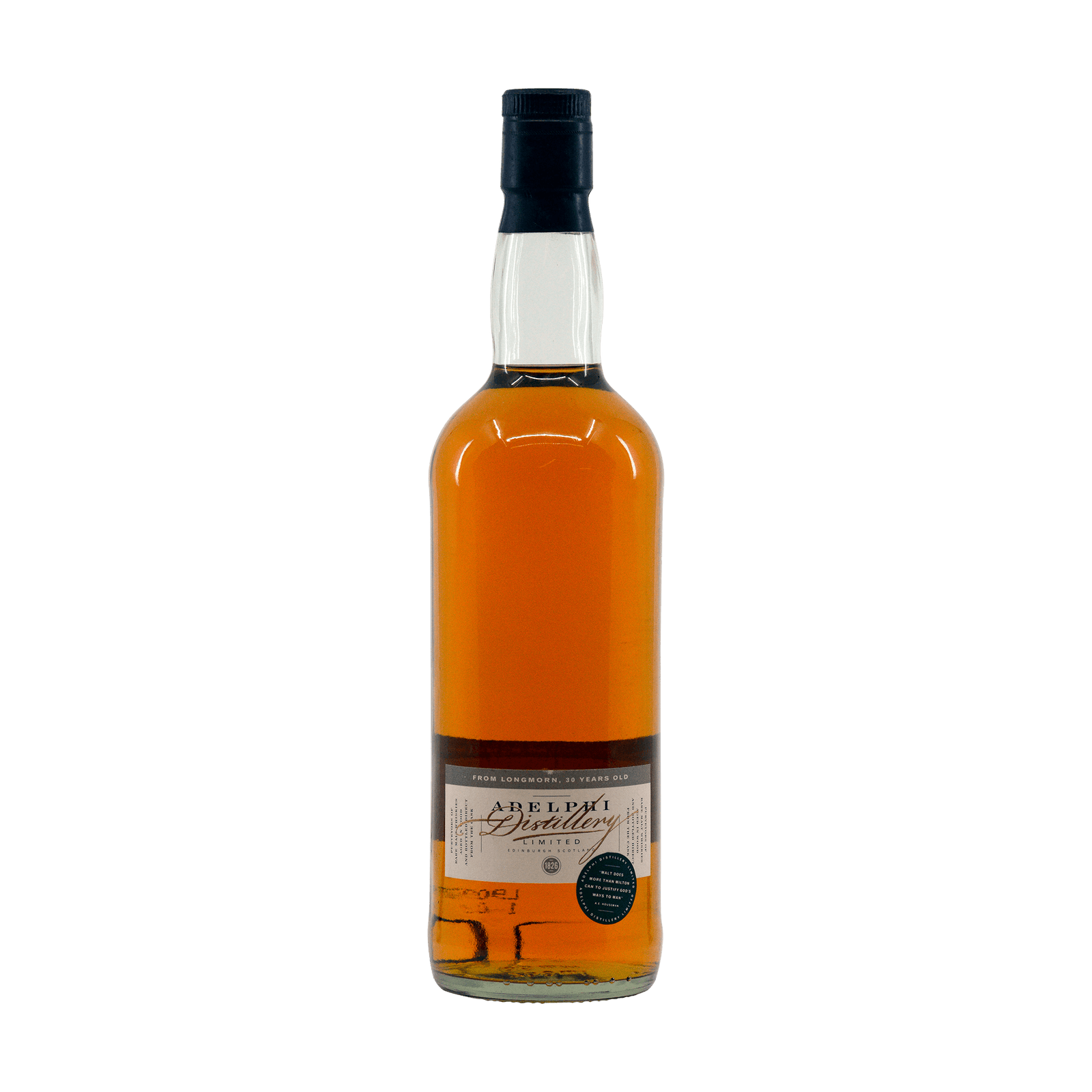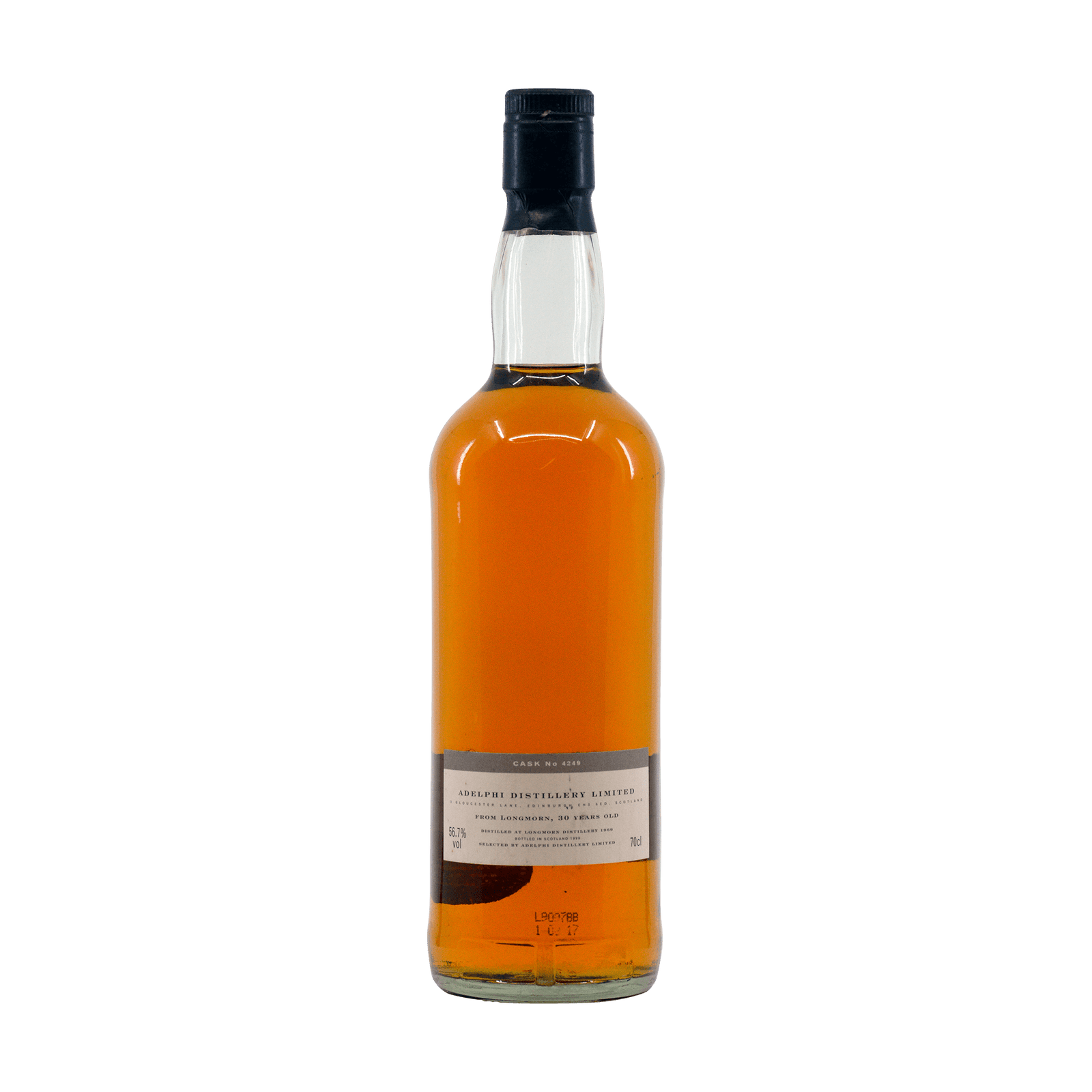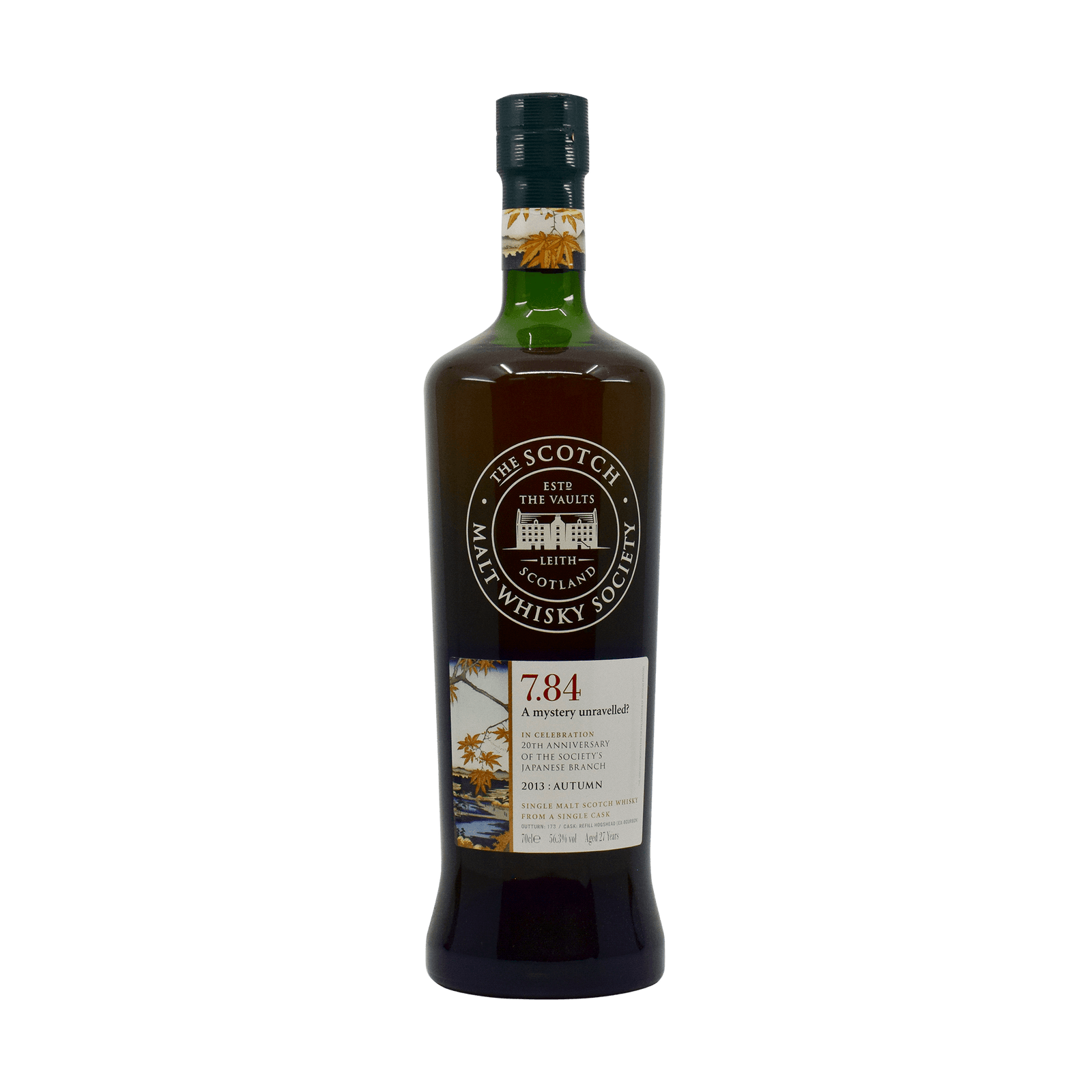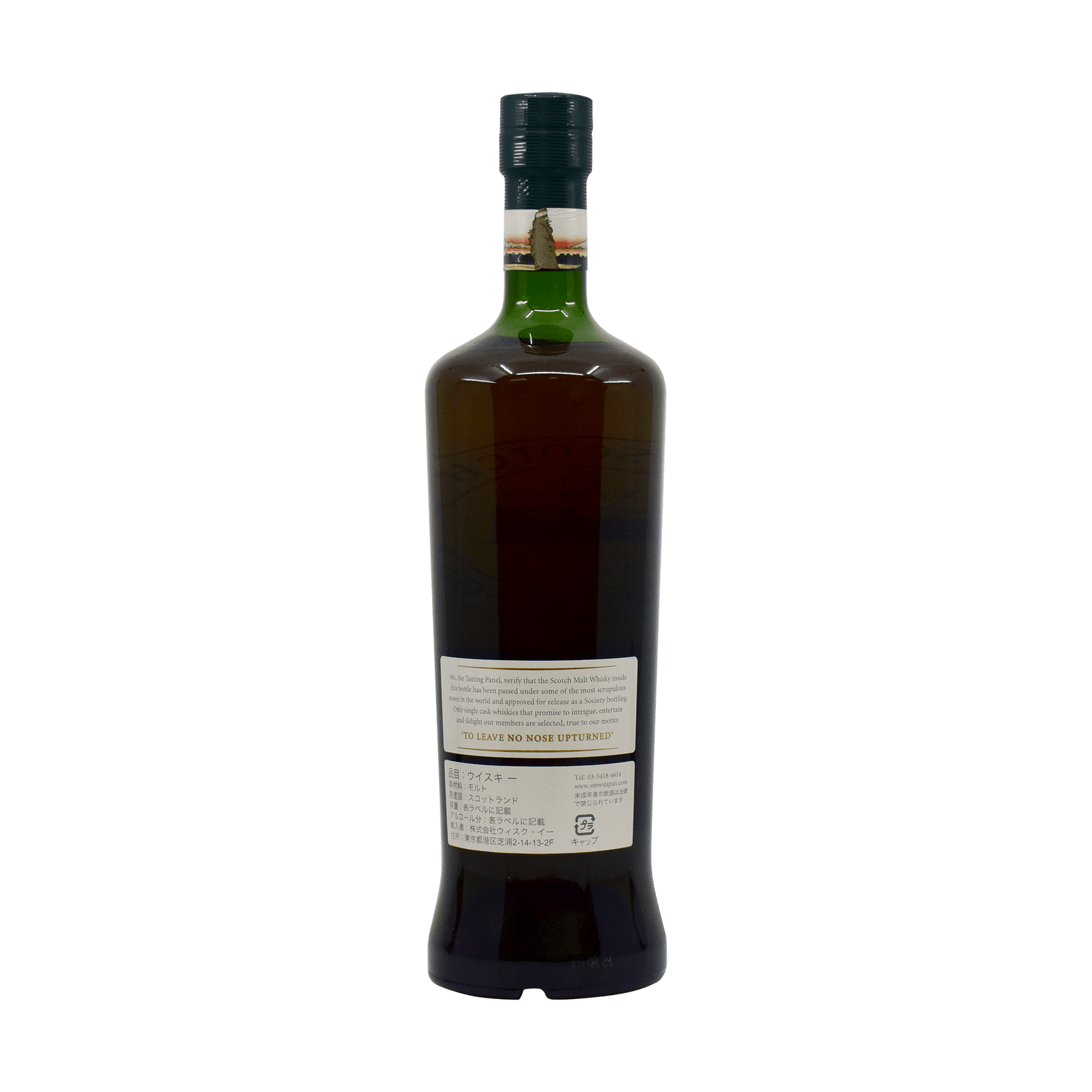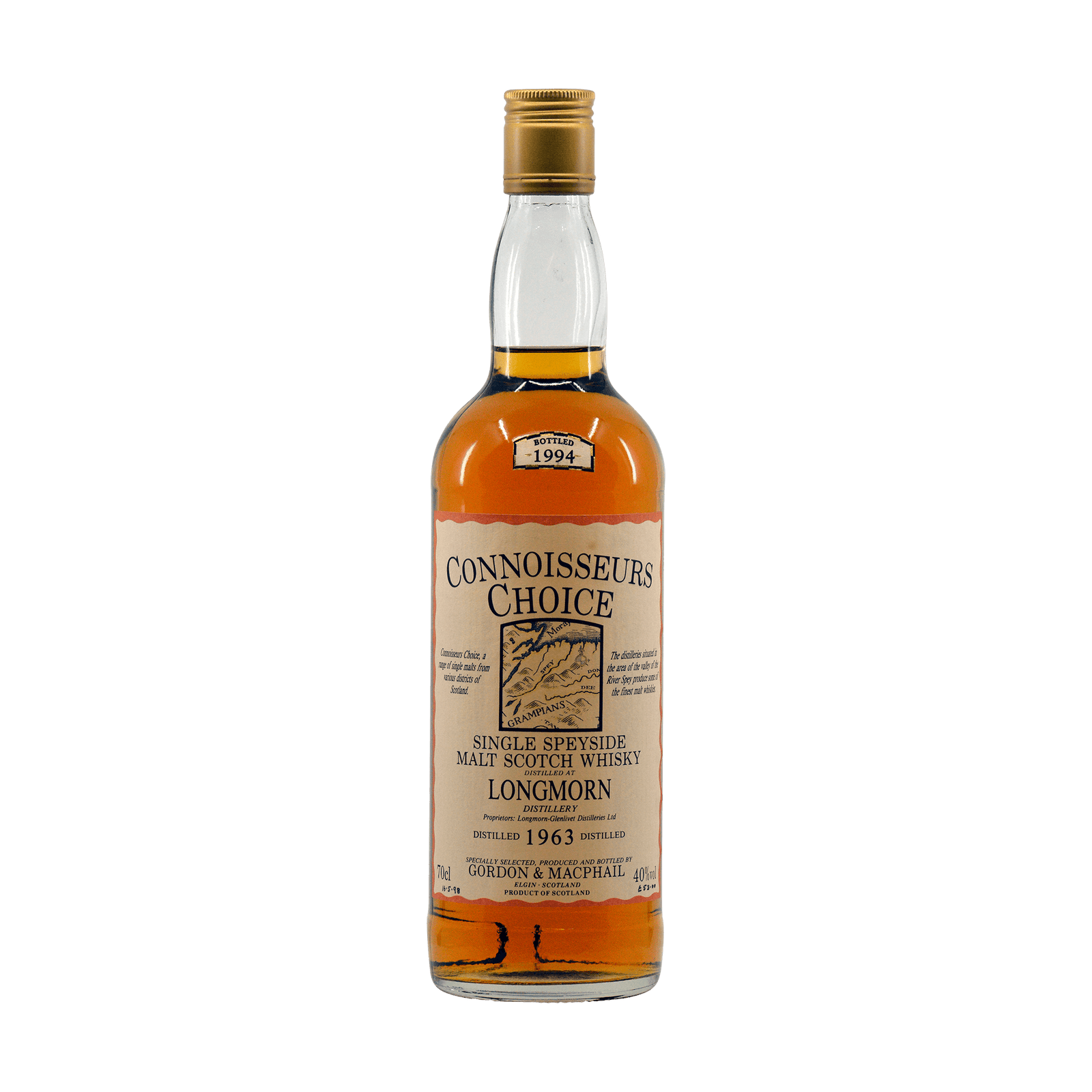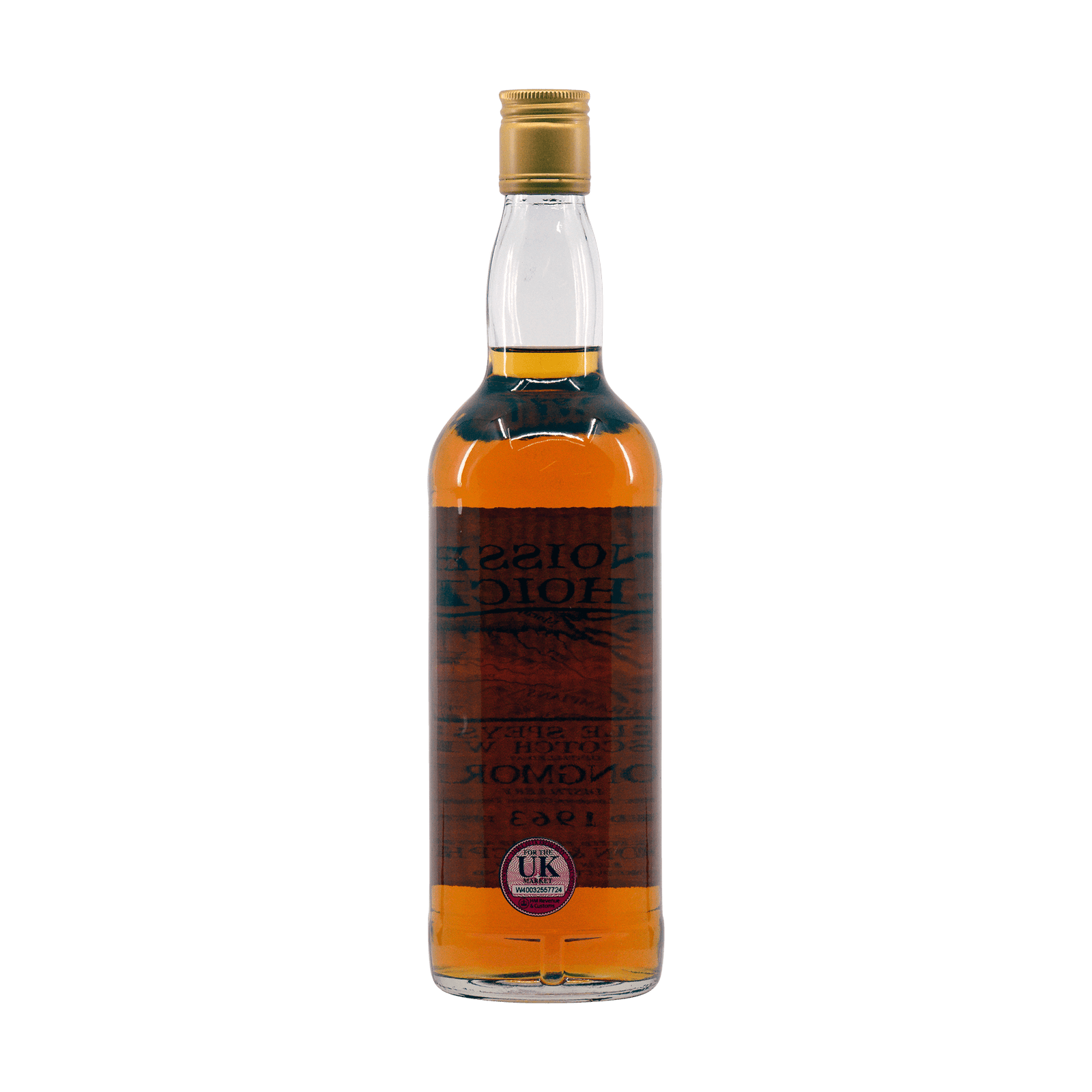SCOTCH WHISKY
- ABERFELDY
- ARRAN
- BALBLAIR
- BEN NEVIS
- BEN WYVIS
- BLAIR ATHOL
- BRORA
- CLYNELISH
- CROFTENGEA
- DALMORE
- DALWHINNIE
- GLEN MHOR
- GLEN ORD
- GLENDRONACH
- GLENESK
- GLENGOYNE
- GLENLOCHY
- GLENMORANGIE
- GLENTURRET
- HIGHLAND PARK
- ISLE OF JURA
- LEDAIG
- NORTH PORT
- OBAN
- OLD RHOSDHU
- PULTENEY
- SCAPA
- TALISKER
- TEANINICH
- TOMATIN
- TULLIBARDINE
- ABERLOUR
- ALLT A BHAINNE
- AN CNOC
- ARDMORE
- AUCHROISK
- AULTMORE
- BALMENACH
- BALVENIE
- BANFF
- BENRIACH
- BENRINNES
- BENROMACH
- BRAEVAL
- CAPERDONICH
- COLEBURN
- CONVALMORE
- CRAGGANMORE
- CRAIGELLACHIE
- DAILUAINE
- DALLAS DHU
- DUFFTOWN
- GLEN AVON
- GLEN ELGIN
- GLEN GRANT
- GLEN KEITH
- GLEN MHOR
- GLEN MORAY
- GLEN SPEY
- GLENBURGIE
- GLENDULLAN
- GLENFARCLAS
- GLENFIDDICH
- GLENLIVET
- GLENLOSSIE
- GLENROTHES
- GLENTAUCHERS
- IMPERIAL
- INCHGOWER
- KININVIE
- KNOCKANDO
- KNOCKDHU
- LINDORES ABBEY
- LINKWOOD
- LOCHSIDE
- LONGMORN
- MACALLAN
- MACDUFF
- MACPHAIL'S
- MANNOCHMORE
- MILTONDUFF
- MORTLACH
- MOSSTOWIE
- NORTH BRITISH
- PITTYVAICH
- ROYAL BRACKLA
- SPEYSIDE
- STRATHISLA
- STRATHMILL
- TAMDHU
- TAMNAVULIN
- TOMINTOUL
- ABERFELDY
- ARRAN
- BALBLAIR
- BEN NEVIS
- BEN WYVIS
- BLAIR ATHOL
- BRORA
- CLYNELISH
- CROFTENGEA
- DALMORE
- DALWHINNIE
- GLEN MHOR
- GLEN ORD
- GLENDRONACH
- GLENESK
- GLENGOYNE
- GLENLOCHY
- GLENMORANGIE
- GLENTURRET
- HIGHLAND PARK
- ISLE OF JURA
- LEDAIG
- NORTH PORT
- OBAN
- OLD RHOSDHU
- PULTENEY
- SCAPA
- TALISKER
- TEANINICH
- TOMATIN
- TULLIBARDINE
- ABERLOUR
- ALLT A BHAINNE
- AN CNOC
- ARDMORE
- AUCHROISK
- AULTMORE
- BALMENACH
- BALVENIE
- BANFF
- BENRIACH
- BENRINNES
- BENROMACH
- BRAEVAL
- CAPERDONICH
- COLEBURN
- CONVALMORE
- CRAGGANMORE
- CRAIGELLACHIE
- DAILUAINE
- DALLAS DHU
- DUFFTOWN
- GLEN AVON
- GLEN ELGIN
- GLEN GRANT
- GLEN KEITH
- GLEN MHOR
- GLEN MORAY
- GLEN SPEY
- GLENBURGIE
- GLENDULLAN
- GLENFARCLAS
- GLENFIDDICH
- GLENLIVET
- GLENLOSSIE
- GLENROTHES
- GLENTAUCHERS
- IMPERIAL
- INCHGOWER
- KININVIE
- KNOCKANDO
- KNOCKDHU
- LINDORES ABBEY
- LINKWOOD
- LOCHSIDE
- LONGMORN
- MACALLAN
- MACDUFF
- MACPHAIL'S
- MANNOCHMORE
- MILTONDUFF
- MORTLACH
- MOSSTOWIE
- NORTH BRITISH
- PITTYVAICH
- ROYAL BRACKLA
- SPEYSIDE
- STRATHISLA
- STRATHMILL
- TAMDHU
- TAMNAVULIN
- TOMINTOUL
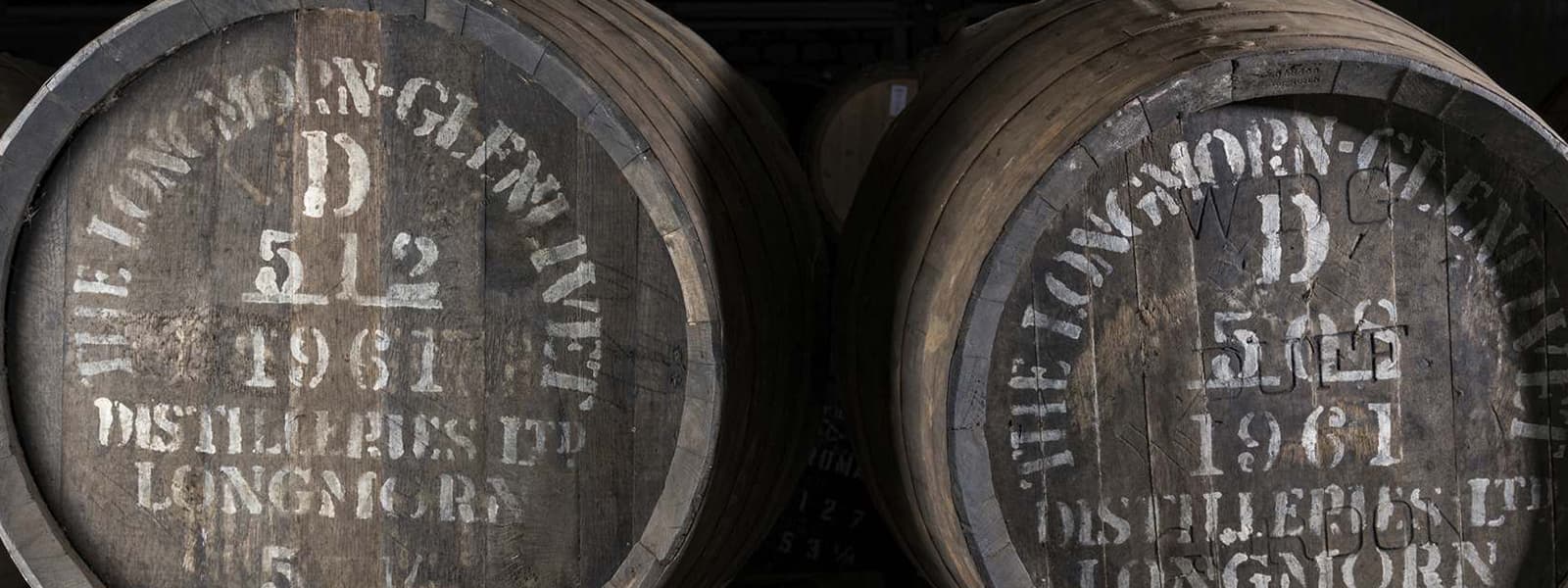
Longmorn
A part of the Chivas Brothers empire (now owned by Pernod Ricard), Longmorn has long been a favourite of the cognoscenti, but until recently was a very well-kept secret.
Long classed as a blender's favourite, Longmorn was little-seen as a single malt in the days of Seagram's ownership of Chivas, with the then-standard issue 15yo left in the shadow of sister distilleries such as Glenlivet, Aberlour and Glen Grant. Nowadays, however, things are slightly different.
The distillery was built in 1894-95, but ownership was taken over just four years later by James R. Grant after the founder John Duff bankrupted himself during the construction of the neighbouring Benriach distillery (known contemporaneously as 'Longmorn II'). Longmorn-Glenlivet Distillers merged with Glenlivet and Glen Grant in 1970 before the Seagram takeover in 1978.
As soon as the dust had settled on Pernod's takeover of Chivas Brothers, following the joint acquisition with Diageo of the Seagram empire, insiders were predicting a facelift and increased marketing spend on Longmorn, and in 2007 this came to pass. The much-admired, simply packaged 15 year-old has been replaced by a new 16 year-old in a fancy bottle with a sustained marketing push. As ever, sadly, this new image came at a price, with the new 16 year-old being launched at nearly twice the price of the old 15 year-old. Independent bottlings of Longmorn are relatively common and frequently outstanding in quality and value (the distillery has a long relationship with independent bottlers Gordon & Macphail of Elgin). The house style of Longmorn is rich and sherried, frequently with pronounced hints of grapefruit. The spirit is able to withstand long ageing, producing some outstanding older bottlings.


